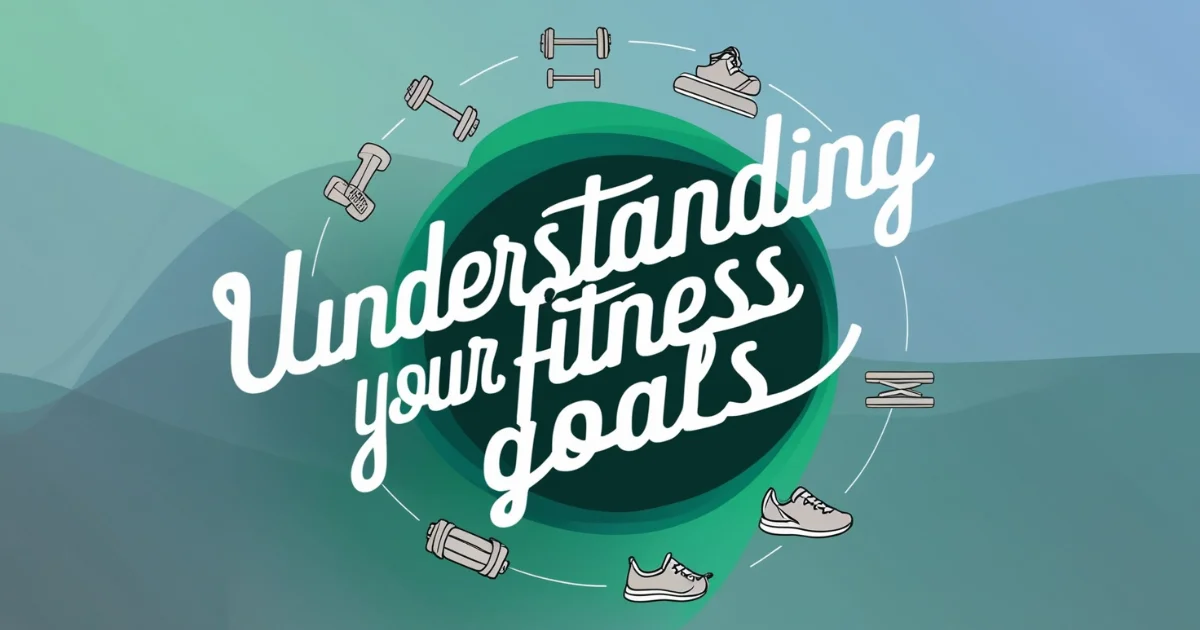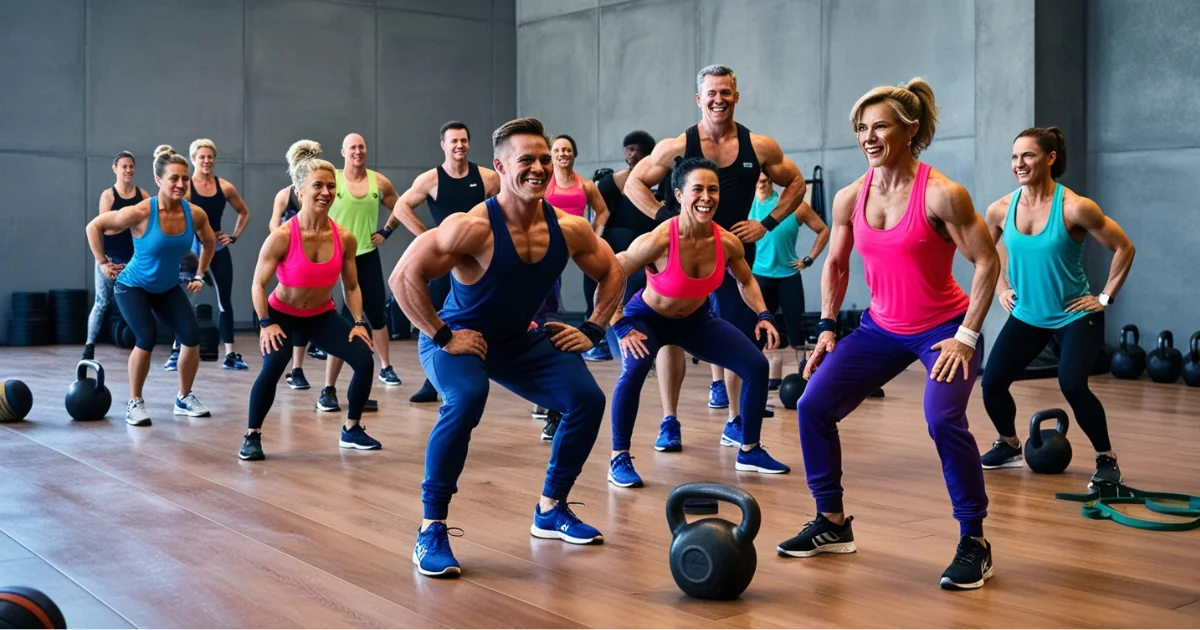How to Create a Perfect Gym Routine Complete Guide in 2024
Before stepping into the gym, determine why you’re there. Are you aiming to:
Build muscle?
Lose weight?
Improve endurance?
Enhance overall fitness?
Clearly defining your objectives allows you to tailor your routine accordingly. For example, strength training focuses on muscle growth, while cardio helps burn calories. Be realistic with your goals and set short-term milestones (e.g., lifting 10 pounds heavier) and long-term objectives (e.g., losing 30 pounds in a year).
Assessing Your Fitness Level
Understanding where you stand physically ensures that your routine is safe and effective. Fitness levels can be categorized as:
Beginner: New to exercise or returning after a long break.
Intermediate: Regularly active and familiar with basic exercises.
Advanced: Consistently training with a focus on performance or aesthetics.
Perform basic fitness assessments, like testing your stamina on a treadmill or gauging your strength with bodyweight exercises (e.g., push-ups). This baseline will help you track progress.
Understanding the Basics of Workout Programming
A great gym routine balances three key components:
Strength Training: Builds muscle and strength.
Cardio: Improves heart health and burns calories.
Flexibility: Enhances mobility and prevents injuries.
Aim for 3-4 days per week for beginners with a mix of these components. Over time, you can increase the intensity and frequency based on your goals.
Choosing the Right Workout Split
Your workout split determines which muscle groups you train on specific days. Common splits include:
Full-Body Workouts: These are ideal for beginners. Train all major muscle groups in one session, three times per week.
Push-Pull-Legs Split: Popular among intermediate lifters. Focuses on pushing movements (e.g., chest, shoulders), pulling movements (e.g., back, biceps), and legs.
Upper-Lower Split: Alternate between upper-body and lower-body workouts, training 4 times per week.
Choose a split that fits your schedule and recovery needs.
Creating Your Weekly Gym Schedule
Plan your week to balance workouts and rest days. Here’s an example for a beginner:
Monday: A full-body workout
Tuesday: Rest or light cardio
Wednesday: A full-body workout
Thursday: Rest
Friday: Full-body workout
Saturday: Cardio or stretching
Sunday: Rest
Intermediate and advanced lifters can increase workout days but must prioritize recovery to avoid burnout.
Warm-Up and Cool-Down: Essential Steps
Skipping warm-ups is like driving a car on a cold engine—it’s inefficient and risky. Spend 5-10 minutes warming up with:
Dynamic stretches (e.g., arm swings, leg kicks)
Light cardio (e.g., jogging, jumping jacks)
After your workout, cool down to reduce soreness. Focus on static stretches for the muscles you trained.
Building a Strength Training Program
Strength training should focus on compound movements like:
Squats
Deadlifts
Bench presses
Pull-ups
These exercises work multiple muscles simultaneously, maximizing efficiency. Start with 3 sets of 8-12 reps for each exercise, adjusting as you gain strength. Don’t forget to prioritize proper form to prevent injuries.

Incorporating Cardio for Heart Health
Cardio isn’t just about running on a treadmill. Mix it up with:
High-Intensity Interval Training (HIIT)
Cycling
Rowing
For general fitness, aim for 150 minutes of moderate cardio per week or 75 minutes of vigorous cardio.
Flexibility and Mobility Work
Flexibility isn’t just for yoga enthusiasts. Dedicate 10-15 minutes to:
Static stretches (e.g., hamstring stretch)
Mobility drills (e.g., hip circles)
These exercises improve joint health and can enhance your performance in the gym.
Tracking Your Progress
Keep a log of your workouts. Write down:
Exercises performed
Sets, reps, and weights
How you felt after the session
Use fitness apps like MyFitnessPal or Strong to stay organized and motivated.
Nutrition and Recovery
A perfect gym routine requires a solid diet. Focus on:
Protein for muscle repair
Carbs for energy
Healthy fats for recovery
After workouts, prioritize meals rich in protein and complex carbs, like grilled chicken with sweet potatoes.
Common Mistakes to Avoid

Don’t fall into these traps:
Overtraining: Rest is crucial for muscle recovery.
Ignoring form: Bad technique leads to injuries.
Skipping warm-ups: Prepares your body for intense activity.
Adapting Your Routine Over Time
As you get stronger, adjust your routine. Add more weight, increase reps, or try new exercises to avoid plateaus.
The Role of Professional Guidance
If you’re unsure where to start, hire a personal trainer. They can help you design a safe and effective plan tailored to your needs.
Staying Motivated in the Long Run
Motivation comes and goes, but discipline keeps you consistent. Celebrate small wins and find a workout buddy to stay accountable.
Conclusion
Creating the perfect gym routine in 2024 doesn’t have to be complicated. Start with clear goals, assess your fitness level, and design a balanced plan that works for you. Stick with it, stay consistent, and don’t forget to enjoy the process—you’ll be amazed at what you can achieve!
Relevant Post:


